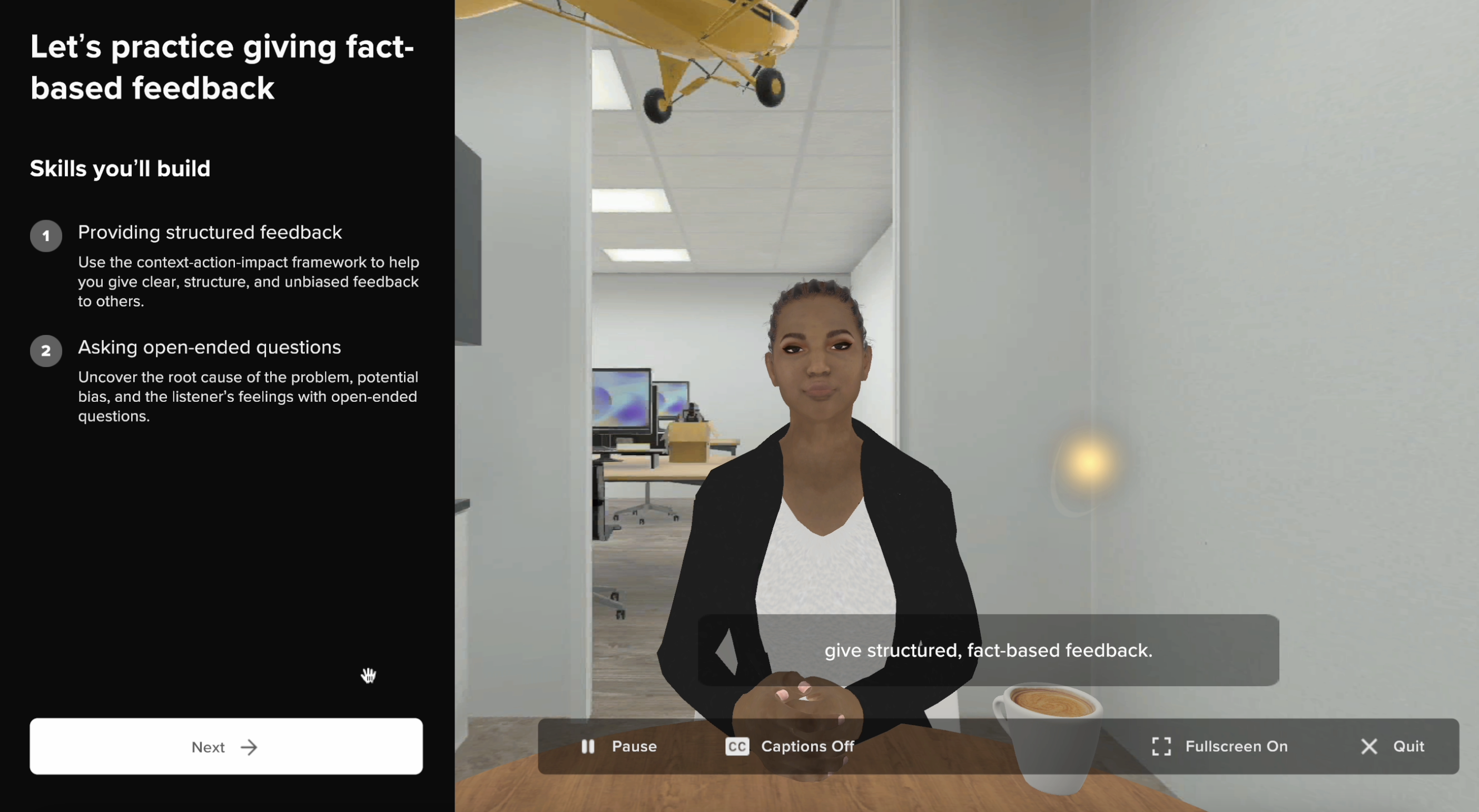Knowing how to give effective feedback is one of the most sought-after, yet difficult skills to achieve in the workplace. For decades now, the question of improving feedback has been synonymous with improving employee performance and satisfaction. And this conversation has taken on a new relevance and urgency in recent years.
The ongoing experiment of “radical candor“, popularized by Kim Malone Scott stands as a key milestone for discourse around workplace feedback, and has faced both praise and criticism since its release. Based on the principle of “caring personally while challenging directly”, Scott introduced a new framework for giving feedback that balances caring for one’s colleagues while still holding them accountable for poor performance. Yet, some critics have noted that in practice, radical candor has sanctioned harsh and biased criticism that mostly impacts members of underestimated groups.
This issue here is not with the concept or theory of radical candor, but with how people understand and practice it.
Until today, organizations and business leaders have not had effective solutions to train people on how to give actionable feedback. That’s why the team here at Praxis Labs is thrilled to announce our latest product release: Pivotal Practice.
Pivotal Practice: Redefining feedback training for lasting impact
Pivotal Practice brings together the latest innovations in Generative AI, learning science, and interactive simulations. This new product offers organizations a solution to improve feedback skills, foster empathy and collaboration, and enhance communication and innovation across diverse and global teams.
At our core, Praxis Labs helps organizations embed core human skills through a diversity lens. By immersing learners in real-world scenarios that map onto key moments of the employee experience, they have the opportunity to practice navigating difficult conversations and collaborating across diverse, global, and remote teams. Pivotal Practice is an extension of our commitment to elevate and transform the workplace through an equitable and science-backed approach. It comes at a time when actionable, effective, and unbiased feedback is needed most.
Research shows that employees who receive timely feedback see higher levels of performance, have more confidence, and feel a greater sense of job satisfaction. 72 percent of employees report that feedback can directly improve their performance.
“Candid and actionable feedback is one of the most sought-after yet difficult skills to cultivate in any workplace, and it’s essential to driving career growth, development, and engagement. Yet, there is a lot to be understood around how to give inclusive feedback across diverse teams,” said Elise Smith, Co-founder and CEO of Praxis Labs. “We see enormous potential in harnessing the latest advancements in AI and immersive technologies to build the confidence and skills needed to provide feedback that helps people of all levels and backgrounds advance in their careers and that supports a more inclusive and collaborative workforce.”
Pivotal Practice builds upon this foundation. It does so by offering bite-sized, experiential opportunities for learners to help them build and reinforce their communication and feedback-giving skills. All of this occurs within a safe, judgment-free environment.
Driving feedback development at scale
Pivotal Practice marks an innovation not only for teams looking to improve how they work, collaborate, and innovate together. It extends its impact to the broader corporate learning industry. The product introduces a novel way to combine immersive technology and gen-AI to drive skills development. Moreover, it gives learners the practice and experience needed translate learning into action.
Key Pivotal Practice design features include:
Generative AI Grading and Research-Backed Feedback
Learners deliver feedback, either by voice or over text, ensuring flexibility and accessibility for different learning and diverse communication preferences. Trained by Praxis Labs’ team of in-house learning scientists, gen-AI assesses participants’ responses. It specifically focuses on inclusive leadership skills. After evaluation, gen-AI offers personalized recommendations that clarify and improve participants’ feedback. This approach makes every practice session a valuable learning opportunity.
Perspective-Taking through Immersive Technology
In-the-moment learning enhances memory retention and skill development in areas like empathy and communication. With immersive simulations, learners navigate nuanced situations across differences and deepen their understanding of people with different identities and lived experiences.
On-Demand Microlearning at Scale
Packaged in 5-10 minute experiences, learners can practice giving feedback where they learn best and when needed most — like before performance reviews, 1:1s, and team meetings.
Unlock team performance with human-centered and inclusive feedback
Radical candor isn’t just a catchphrase; it’s a philosophy that promises transparent communication and transformative growth. Yet, its execution requires finesse and skill that many find elusive.
This latest addition to our platform offers an opportunity for organizations to reap the benefits of a culture that prioritizes effective feedback and inclusion. Join us as we unveil Pivotal Practice—a solution designed to revolutionize how feedback is given and received.
Ready to embark on this transformative journey? Discover the impact Pivotal Practice can have for your organization.

